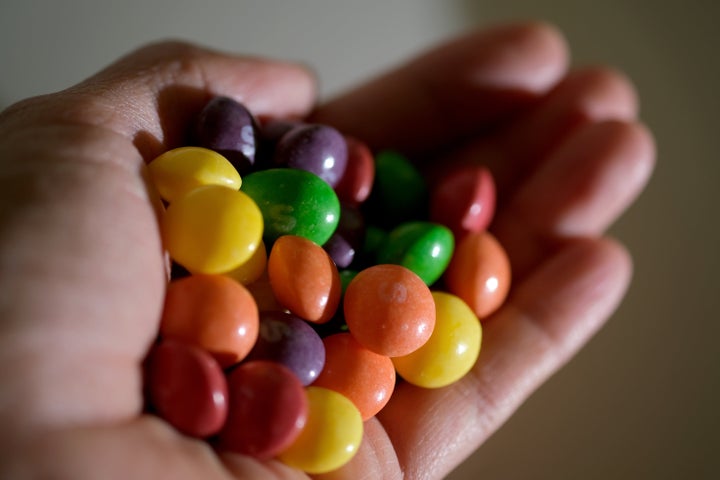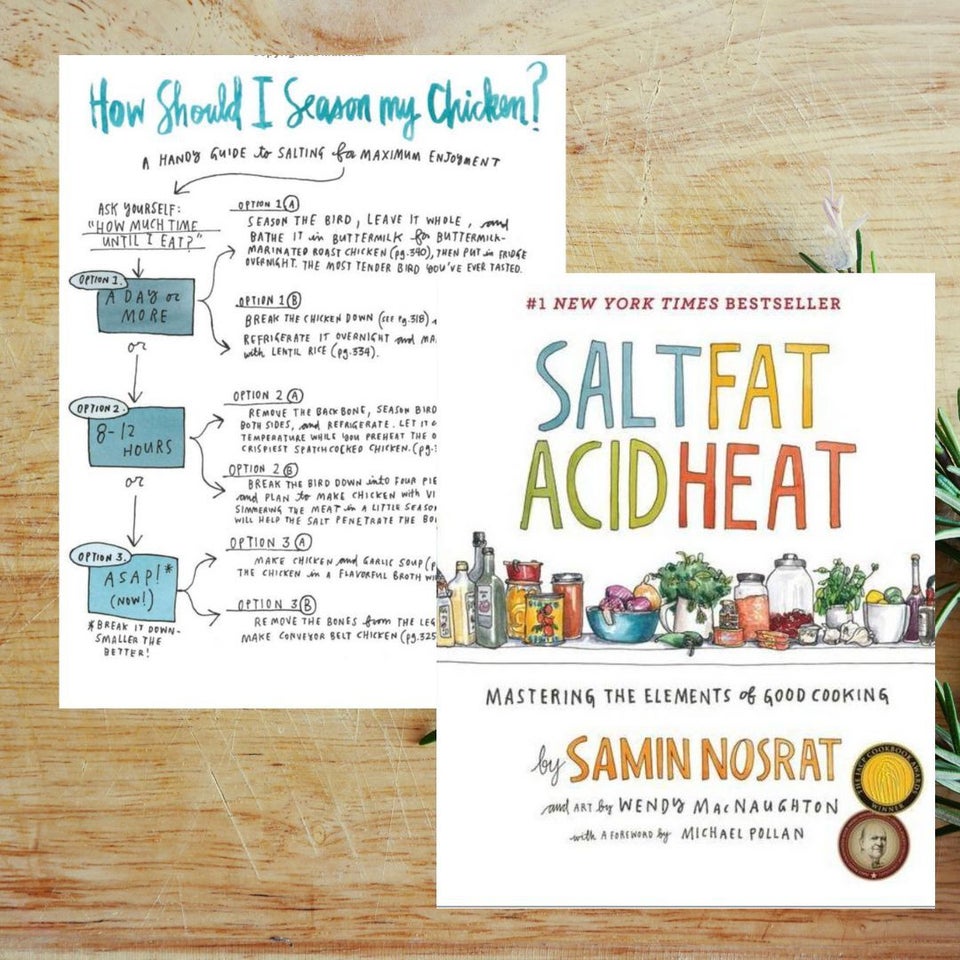
As a Type 1 diabetic whose blood sugar falls below the “normal” threshold on a fairly frequent basis, I can speak firsthand to the dizziness, physical weakness and confusion prompted by hypoglycemia, and I can also speak to the importance of having food and drink items on hand to quickly boost my blood glucose levels.
A little background: Hypoglycemia, a medical condition in which the level of sugar in one’s blood falls below a “normal” point (typically defined as 70 milligrams per deciliter), can be caused by a wide range of factors, including heavy exercise, pregnancy, infections, certain medications and — most commonly — by diabetes that’s treated with insulin injections.
While I have my own favorite low-blood-sugar treatments, I found myself wondering which snacks and beverages are the most effective from a medical and scientific standpoint. So I consulted a group of physicians and nutritionists with strong knowledge of hypoglycemia, who came up with this list of four go-to choices for anyone who needs to raise their blood glucose levels quickly and safely.
Before we get to actual foods, we’d be remiss not to start with glucose tablets, a staple tool for treating hypoglycemia, which diabetics get to know very early on in their experience with the disease.
Glucose tablets can be purchased over the counter at pharmacies nationwide, and they’re a useful choice because they’re specifically designed to treat low blood sugar. “Glucose tablets are the best approach to treat hypoglycemia because [they include] a premeasured amount of fast-acting glucose,” said Dr. Luis Casaubon, an endocrinologist with Texas Diabetes and Endocrinology. Glucose tablets eliminate the guesswork from hypoglycemia treatments; each four-tablet serving contains 15 grams of rapid glucose, which Casaubon views as a helpful amount for increasing blood sugar levels.
“We recommend taking 15 grams of [glucose tablets], waiting 15 minutes and then rechecking blood sugar levels. No additional treatment is required if the blood sugars are trending up. If the blood sugars are still low, repeat the 15 grams of carbohydrates and wait another 15 minutes,” Casaubon said.
Because glucose tablets contain pre-measured amounts of sugar, they help hypoglycemic patients avoid the risk of overcorrection. When dealing with the physical consequences of low blood sugar, it’s easy to eat or drink too much sugar in a misguided effort to speed along the stabilization. Unfortunately, that process can result in a dramatic swing in the opposite direction for a diabetic, whose pancreas can’t make insulin quickly enough to handle the large quantities of sugar now present in the system (or, in the case of a Type 1 diabetic, whose pancreas doesn’t make insulin at all).
High blood sugar, also known as hyperglycemia, can lead to serious health problems in the long term. In the short term, a hypoglycemic diabetic who suddenly finds themself in a hyperglycemic state could suffer from headaches, irritability and exhaustion. Casaubon explains that the hypo-to-hyperglycemic jump happens because “biochemically, blood sugars improve BEFORE the patient feels back to normal, so [they] tend to overcorrect.”

Fruit Juice
Even the best-prepared diabetic or chronic hypoglycemic can leave their glucose tablets at home (or in the car, or in another handbag, or in their locker, or what have you). If they experience a blood sugar drop without those easy-to-chew glucose tablets on hand, they’ll need an accessible alternative that works on the same level. Registered dietitian and certified diabetes care and education specialist Amanda Lane says that “juice is the fastest way to bring up blood sugars because it’s high in simple sugars with no fat to slow absorption.” I frequently use orange juice for this purpose, but apple juice, cranberry juice and even fruit punch is just as effective.
Skittles, Jelly Beans And Starburst
Candy may seem like an obvious choice for treating hypoglycemia, but if you choose this route, it’s crucial to opt for sugar-forward candies with no fat to slow down the absorption of glucose into the blood. (Basically, chocolate is a no-go.) Registered dietitian and certified diabetes care and education specialist (and Type 1 diabetic) Sherry Roberts specifically recommends “10-15 Skittles or jelly beans.”
“They quickly hit the blood stream and raise blood sugars,” Roberts said. “Those items offer about 15 grams of carbohydrates, which is a good starting point of sugar to have.”
On a personal note, my blood-sugar-raising candies of choice are Starburst. They’re easy to find, compactly packaged, and they start elevating glucose levels in the blood just as quickly as glucose tablets.
Peanut Butter And Jelly Sandwich
Now that we’ve covered a few good options for fast-acting glucose (which will quickly raise blood sugar levels after they’ve dropped to a dangerous point), the next step involves foods that can help keep your blood glucose stable post-correction.
Registered dietitian Hayley Miller of Persona Nutrition suggests following up the glucose tablets or fruit juice with “a more robust meal that includes three macronutrients: complex carbohydrates (starch and fiber, essentially), protein and fat. Since these are digested more slowly, they’ll help level you out over the longer term.”
She particularly likes a peanut butter and jelly sandwich for this task. “It gives you all three macronutrients,” she noted. “The peanut butter gives you fat and protein, the wheat bread gives you a complex carbohydrate, and the jelly gives you a simple sugar. These work in combination to fuel your body at a steady rate, helping to maintain your blood glucose where it needs to be.”
